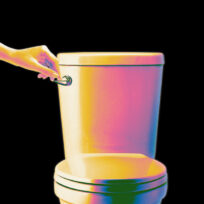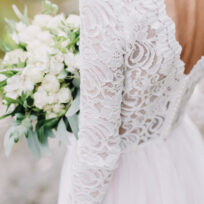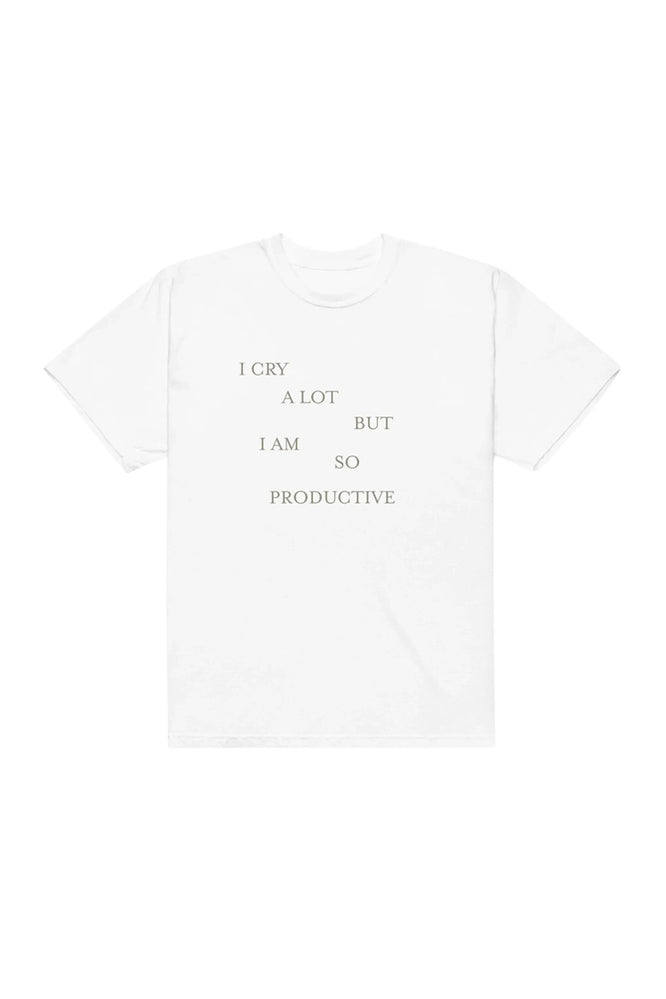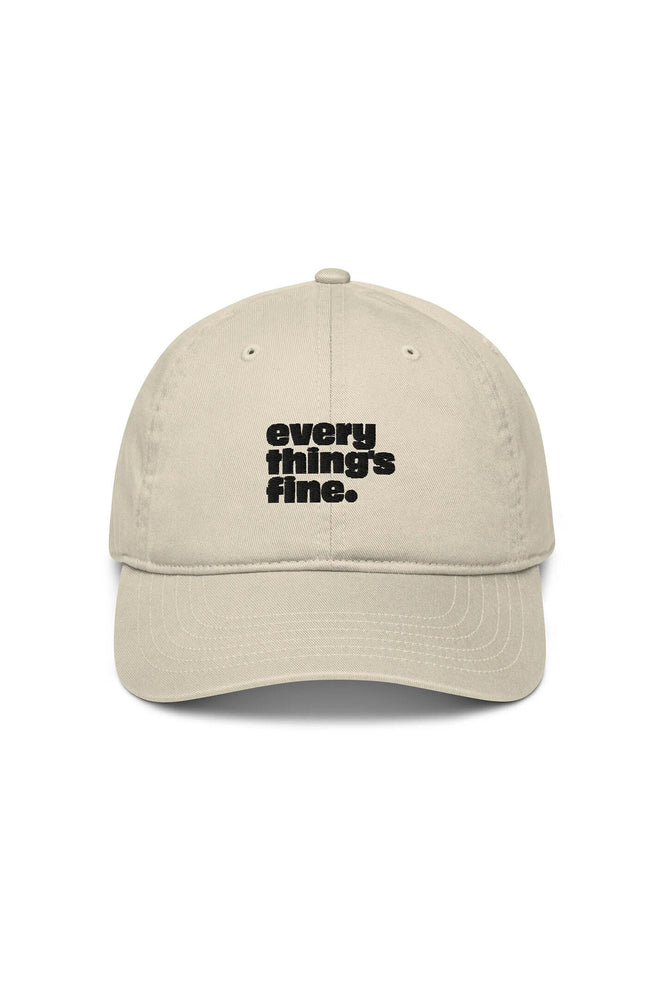As we approach week 9 (58? 102??) of quarantine, many of us are noticing that our skin is reverting back to its acne-riddled high school days. Seriously, what the hell? We’re not spending much time outside getting attacked by free radicals and pollutants, and we have more time than ever to do our involved skin care routines. So, what gives? Dr. Shari Marchbein, a New York-based dermatologist and Clinical Assistant Professor of Dermatology at the NYU Grossman School of Medicine, spoke with us about why our skin is still not behaving even when we’re in quarantine, and what we can do about it.
Why Quarantine is Causing You to Break Out

According to Dr. Marchbein, hormones are a crucial reason our skin is breaking out rn. There’s no way to pinpoint just one culprit, she says, since our sleep, work, and skin care routines are all out of whack from sheltering in place. The key ingredient in all of these, she says, is stress.
When we think about hormones, our minds typically wander to testosterone, progesterone, and like, things that relate to the pill or middle school health class. However, Dr. Marchbein explains, the hormone causing our current skin woes is cortisol, “which increases in the blood at times of stress or with lack of sleep and can trigger acne breakouts by stimulating sebaceous glands to make more oil.” Increased cortisol, she says, “can worsen other skin conditions such as eczema, acne and psoriasis, as well as cause an increased breakdown of collagen and hyaluronic acid, which is the good stuff that gives skin its glow and plumpness.” Yeah, no thanks.
How to Prevent Stress-Related Flare-Ups
To avoid flare-ups in the first place, Dr. Marchbein recommends several ways to de-stress. “First and foremost, get plenty of sleep,” she says. When our body is sleep-deprived, it makes more cortisol, causing inflammation and bodily stress. Staying active is also important, according to Dr. Marchbein. Her go-to ways to de-stress are meditating and taking a yoga class. To help reduce your cortisol and stress levels, you can also go for a socially distanced walk, if possible.
And just like your mom’s been telling you for years, “maintaining a healthy, well-balanced diet and drinking plenty of water are key.” By following this advice, which tbh you should be doing anyway for your general health, you can be like that meme that’s like, “my skin is clear, my crops are flourishing, my depression is gone” (but like, with actual, non-sarcastically clear skin).
How to Treat Acne Flare-Ups
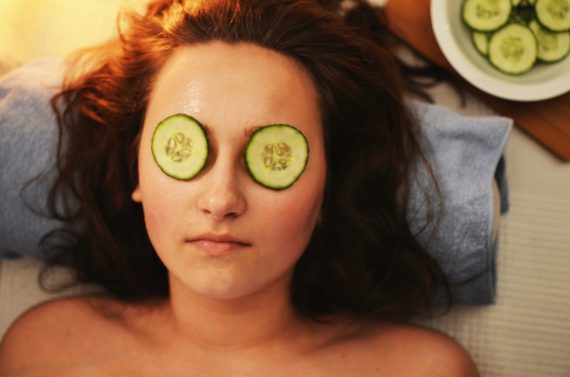
If you’ve got a particularly aggressive breakout, don’t freak out, because here are a number of treatment methods to try. Under normal circumstances (lol what are those), Dr. Marchbein would advise visiting your dermatologist for a steroid injection. These injections “reduce the pain and inflammation of cystic breakouts,” she says, but at this point, “most medical visits are being done by telemedicine, and in-person visits should be for true emergencies only.” So that’s out.
Then what to do about the acne glaring back at you in your reflection? For starters, Dr. Marchbein recommends certain over-the-counter products to treat existing flare-ups. Retinoids are one useful treatment for acne breakouts—Differin 0.1% gel is the strongest non-prescription one available, she notes. Salicylic acid, a type of acid that can unclog pores, is also helpful.
“I like St. Ives Blackhead Clearing Scrub with salicylic acid and green tea as a gentle scrub, and I use a St. Ives salicylic acid gel cleanser once daily,” Dr. Marchbein says. She also recommends stronger 1-2% salicylic acid gel for spot treatment. Products with benzoyl peroxide, which is anti-inflammatory and anti-bacterial, can help calm irritated skin too. Dr. Marchbein likes 10% Panoxyl wash and 4% CeraVe wash.
Finally, acne patches deliver active ingredients to a pimple. “By occluding the pimple, these active ingredients are able to penetrate the skin more deeply allowing them to potentially work better,” she explains. Watch out if you have sensitive skin, though—acne patches might be too harsh for you and could make the situation worse.
“Most importantly,” Dr Marchbein warns, “do not pop or squeeze a pimple, as this will cause even more inflammation and can make a potentially bad situation even worse.” I know Dr. Pimple Popper videos can be satisfying, but seriously, don’t do this to yourself.
Skin Care Advice in the Time of Public Face Masks

As much as we’ve been staying indoors these days, we occasionally have to venture out into the real world to stock up on supplies or grab our curbside pick-up order of pad thai. For those of us responsibly following the CDC’s recommendation to wear cloth face masks in public, our skin might be suffering. Dr. Rajani Katta, a dermatologist and clinical assistant professor at Baylor University, warns against using masks made of irritating materials like polyester that trap sweat, in a blog post for the Baylor College Of Medicine. She suggests masks made of absorbent materials like cotton, which can help absorb sweat and prevent breakouts.
If you’ve got dry skin, Dr. Katta advises moisturizing before putting on your mask, but if you’re particularly acne-prone, she recommends skipping greasy products like foundation. “These products can get trapped under the mask and possibly cause more skin issues,” she explains. For healthcare workers on the front lines, Dr. Marchbein recommends avoiding retinoids and exfoliants. Wearing abrasive N95 masks daily, she says, “could cause further irritation and shearing of the skin.”
If your quarantine = breakout central, all hope is not lost. There are plenty of products and habits that can help repair your skin and prevent further flare-ups. Plus, it’s not like many people are seeing you these days. If you’ve got a particularly nasty zit, just turn off your video on Zoom.
Images: Andrea Piacquadio / Unsplash; Vera Davidova / Unsplash; Breakingpic / Pexels


